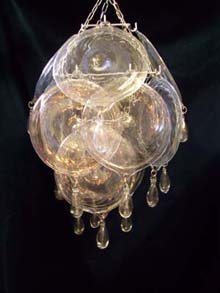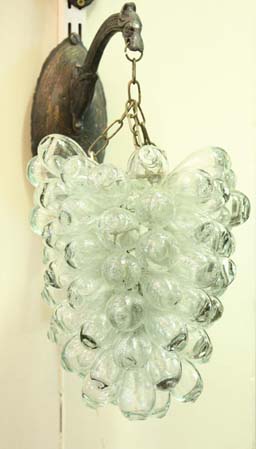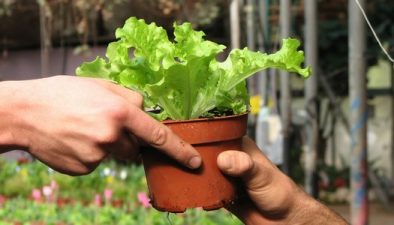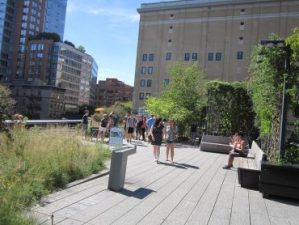The ancient art of glass-blowing and glass recycling is applied to make eco-friendly fixtures
Apart from very few workshops dotted across the region, most of the glass blowing that occurs in the Middle East is for tourists. In Hebron, people are brought in on buses to stare at glass-blowers and then wander around the workshop space filled with bright blue and green glass vases and trinkets to buy as souvenirs. Clearly, it is something of a novelty to see glass vases blown right in front of your eyes but what was good to note was that the glass they used was recycled glass.
Whilst glass can be a nightmare to sort at the recycling centre, glass is the ultimate recyclers dream as it’s one of those few substances that can be melted down and re-used time and time again. So why aren’t we encouraged to use more recycled glass? Considering that the Middle East is the birthplace of various glass making techniques dating back in the 3rd millennium BC, it is a bit of a mystery.
Recycled Glass As Art
One organisation championing recycled glass from the Middle East is the UK-based Artiquea Gallery. Setup in 2008, it sells everything from paintings to antique desks from Syria, Morocco, Egypt and Turkey and aims to “introduce Arab and Middle Eastern artists to the artistic mainstream in the UK.” What caught my eye, however, was their range of eco-friendly recycled glass lighting.
Beautiful Syrian blown recycled glass is used in a variety of vibrant shapes and colours to make some stunning traditional and more contemporary lighting designs. Everything from hand-made glass grape lampshades, iron cage lanterns to a zany octopus-inspired design is available. My favourite is the elegant hand-crafted recycled glass disc light which beautifully merges ancient techniques and patterns with a modern twist.

An Eco Revival of Glass-blowing?
Artiquea Gallery says that the glass-blowing tradition is dying in Syria as falling demand makes maintaining the workshops infeasible, especially as artisans are required to work around the clock as the furnace is never allowed to die down. There is now only one traditional glass-making workshop left in Damascus.
However, if these workshops are able to tap into more eco-conscious consumers they could be revived. According to some reports, for every tonne of glass recycled used 1.2 tonnes of raw materials is preserved. What’s more a net saving of 315kg of CO2 is saved per tonne of recycled glass and that includes logistics and processing of the old glass. Now that’s pretty impressive! Consider that deep sea mining for sand is the opposite of recycling glass and it leads to habitat destruction. More recycled glass please.
For more on recycled glass and glass in ME architecture see:
Think Again: Fill All Those Empty Glass Jars with Light
Architect from Fortune 500 Company Criticizes Middle East’s ‘Glass Monsters’
Cecilia Cohen’s Recycled Glass Artwork





There is so much sand in the Middle East. Maybe it seems like an infinite resource not worth recycling?